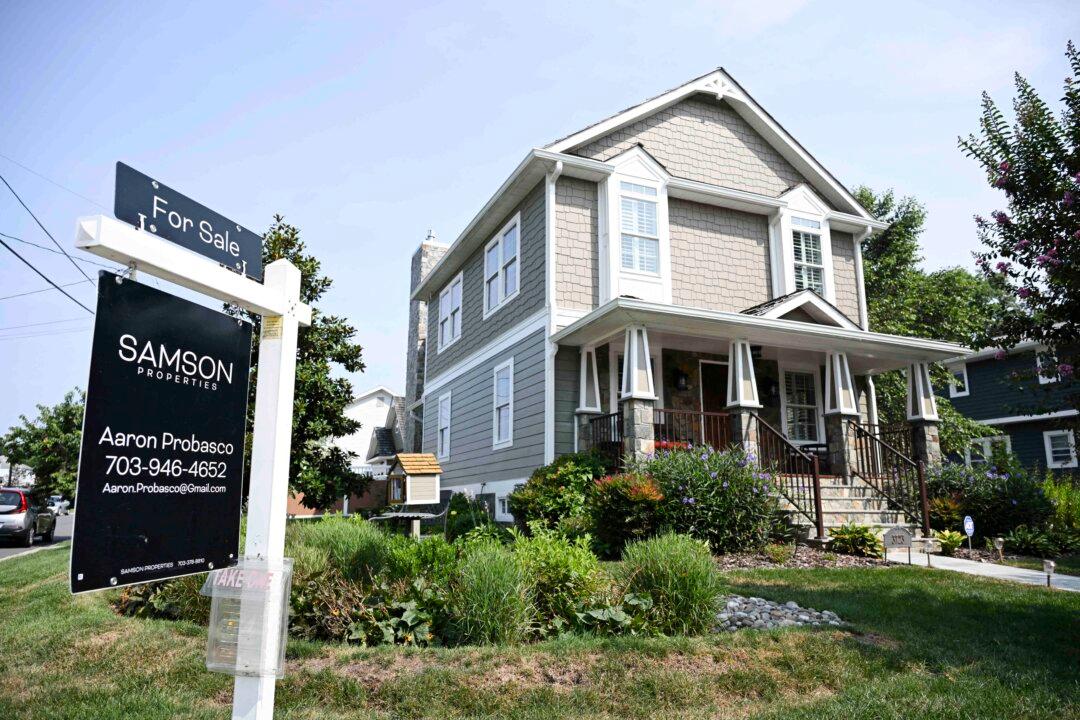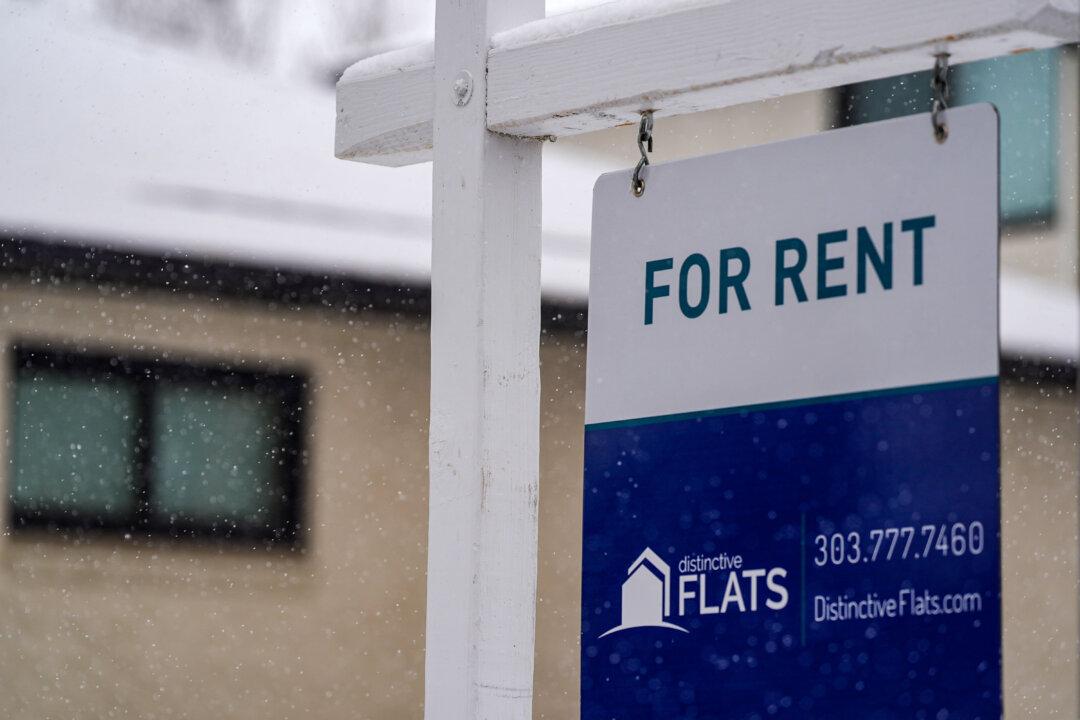The report analyzed the income needed by households from 173 U.S. metropolitan areas to afford a median-priced single-family home and pay both property taxes and home insurance costs.
“The average US household needed to earn $107,700 annually to afford the median housing costs in Q3 2024, nearly double the $56,800 equivalent annual household income needed in Q3 2019,” Oxford stated in the report.
Only 36 percent of households earned the income needed in Q3 2024 to afford a home, compared to 59 percent in 2019.
Four of the five least affordable metros were in California. The least affordable metro was San Jose, California, with prospective buyers needing almost double the income to afford a median-priced home compared to five years ago. San Jose’s median house price was $1.89 million in the third quarter of 2024. It was followed by Honolulu, Los Angeles, San Diego, and San Francisco in the top five.
The state which experienced the greatest decline in affordability was Florida. Among the top 20 metros that saw the biggest drop in households that can afford housing, seven were in the state.
While prices rose by 49 percent between 2019 and 2024, affordability was more negatively affected by the jump in mortgage rates to 6.5 percent from 3.7 percent as well as higher property taxes and insurance costs, the report states.
Oxford pointed out that affordability could improve as mortgage rates are expected to decline. This requires that home prices do not rise at a rate greater than the savings in interest costs.
“While we forecast house prices to increase over the near term, we expect rates of growth will taper off somewhat, which, combined with our forecast for declines in mortgage rates, yields improving affordability across the US over the rest of 2024,” Oxford stated. “However, over the medium term, we expect house price growth to override the decline in mortgage rates such that the income required to afford housing costs will start to rise moderately again starting in Q1 2025.”
NAR Chief Economist Lawrence Yun said price appreciation benefited homeowners who have accumulated $147,000 in housing wealth over the past five years. While housing affordability remains a challenge, the worst “appears to be over.”
“Rising wages are outpacing home price increases. Despite some short-term swings, mortgage rates are set to stabilize below last year’s levels. More inventory is reaching the market and providing additional options for consumers,” he said.
With President-elect Donald Trump set to enter the White House in January 2025, the new administration’s policies will be a significant factor affecting the housing affordability crisis facing America.
Following the Great Recession of 2007–2009, construction activity plunged and has not recovered since, which has resulted in the ongoing undersupply in the market, Realtor stated.
“Quick and easy fixes are unlikely to emerge,” it stated.
“It’s more likely that we’ll go back to 6 percent. That will be the new normal, bouncing around 5.5 percent to 6.5 percent,” he said. “There will be less mortgage money available because the government is borrowing so much money. However, if the Trump administration can lay out a credible plan to reduce the budget deficit, then mortgage rates can move downward.”







